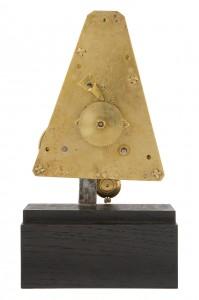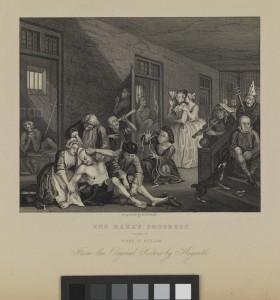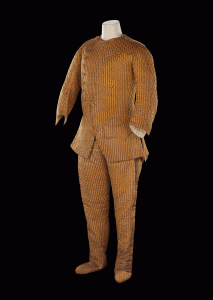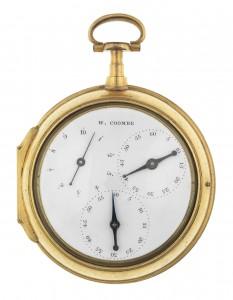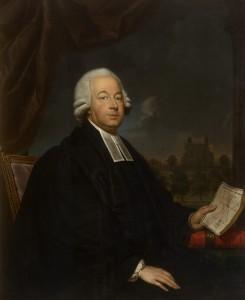Essential Information
| Location |
Royal Observatory
|
|---|---|
22 Dec 2014
As we hurtle towards Christmas and the final weeks of Ships, Clocks & Stars, the people who know the exhibition best share their favourite objects: Marine timekeeper, Severyn Oosterwyck, about 1662 Richard Dunn, Senior Curator of History of Science
This is a wonderfully rare survival from a period when people thought the longitude problem was about to be solved. It’s one of a small group of clocks tested at sea in the 1660s. Robert Holmes, the captain of the voyage, testified how successful they had been, and arguments began over patents and the distribution of profits. Unfortunately, Holmes and his testimony turned out to be untrustworthy. The clocks didn't work that well and it took another century before John Harrison made a working marine timekeeper. A Rake’s Progress by William Hogarth (1735) Dr Katy Barrett, Board of Longitude PhD candidate and Curator of Art, pre-1800
Hogarth’s print brilliantly epitomizes the flood of printed proposals, commentaries and satires that was unleashed by the 1714 Act. He shows the longitude problem as a ‘mad scheme’ fit only for Bedlam, which an inmate tries to solve by drawing on the wall. This was one of the many ways in which longitude was discussed in spaces like coffee houses: either only the mad would try to solve it, or trying to solve it would, indeed, drive you mad.
Nevil Maskeleyne's Observing Suit Katherine McAlpine, Public Engagement Officer
Fifth Astronomer Royal Nevil Maskelyne spent his evenings at the Royal Observatory making the necessary observtions to make the lunar distance method work. After complaining to his brother-in-law, Robert Clive, about the cold, Clive who was stationed in India sent him over this beautiful striped silk which Maskelyne got turned into this observing suit. When the conservators first got their hands on this, they found lots of evidence of daily wear and tear, which suggests that Nevil loved wearing this suit. With its integral feet, and padding for both warmth and comfort, you can see why.
Nevil Maskelyne’s interval timer, William Coombe, 1786 Rory McEvoy, Curator of Horology
Nevil Maskelyne’s stop watch is highly unusual, in that it measures short intervals of time precisely to within one tenth of a second. Contemporary stopwatches, which resembled regular timekeepers, with twelve-hour dials, hour, minute and seconds hand, offered precision of around half a second, at best. I find it intriguing that Maskelyne carefully recorded purchasing and receiving the watch, but never mentioned when or how he used it. Portrait of Nevil Maskelyne by Gerard van der Puyl (1785) Dr Rebekah Higgitt, Co-Investigator Board of Longitude Project
©The Royal Society This portrait shows Nevil Maskelyne as the Astronomer Royal who revolutionised the regime at the Royal Observatory, with his arm resting on his first published volume of observations. He was the first Astronomer Royal to focus on making the data collected at Greenwich widely available to astronomers and, through the Nautical Almanac to navigators and surveyors. In his hand is his design for a prismatic micrometre, published in the Royal Society’s journal, Philosophical Transactions. He wears clerical robes, testifying to the academic honours he received from the University of Cambridge, while Greenwich Park and the buildings of the Royal Observatory, including the meridian observatory, appear in the background. The portrait, with its pair portraying Maskelyne’s wife, Sophia, and daughter, Margaret, once hung in the Observatory’s Octagon Room. It was given to the Royal Society by Margaret in 1830.
Richard, Rory, Rebekah, Katy and Katherine will all be sharing their favourite objects from 2pm on 4 January, the last day of Ships, Clocks & Stars
